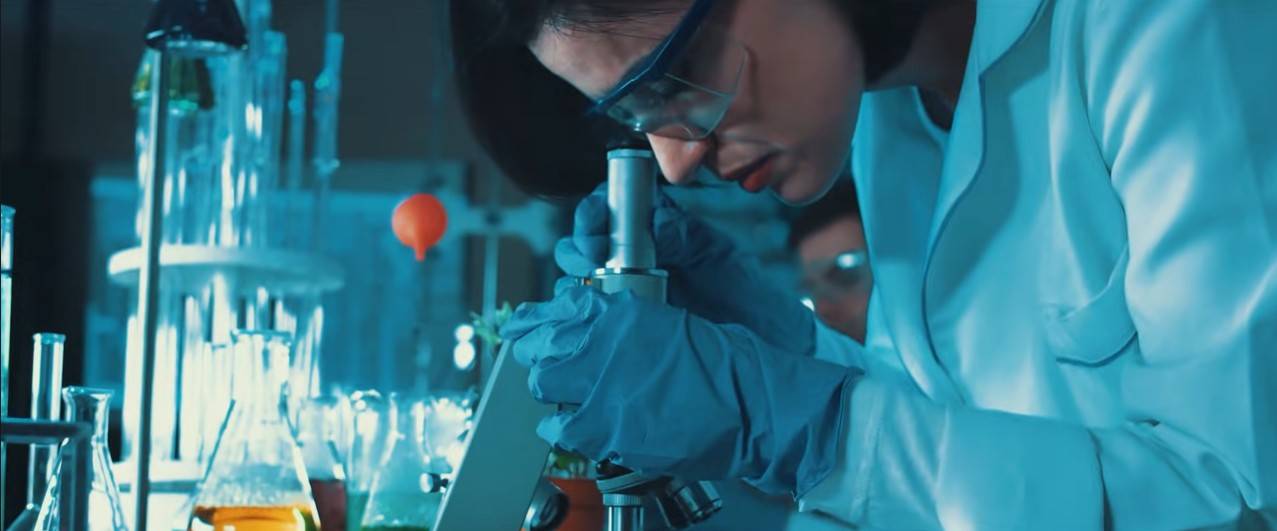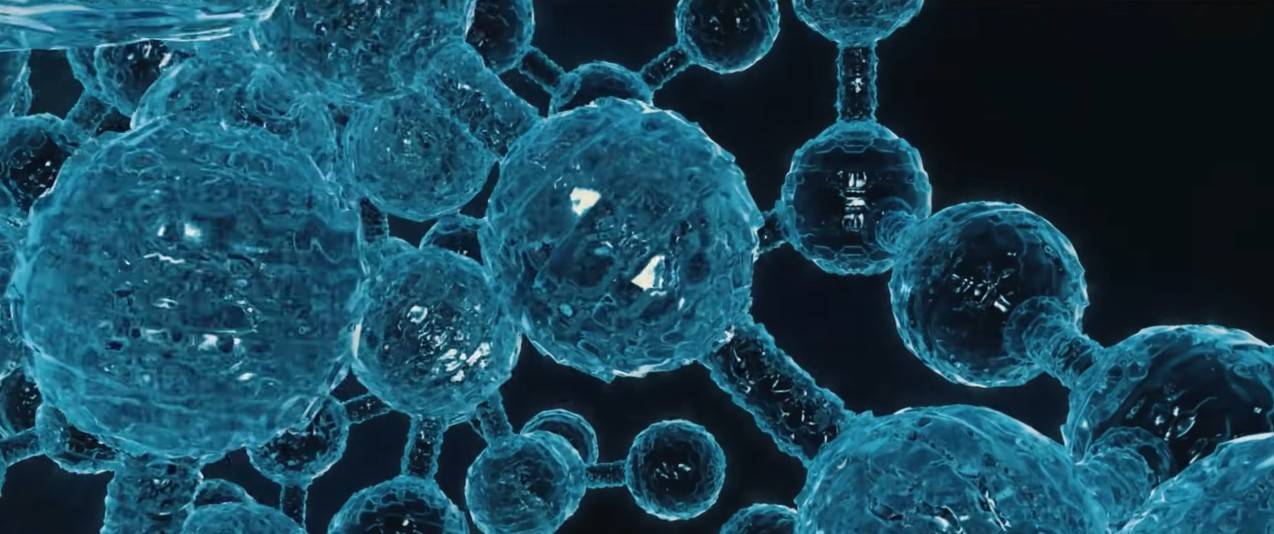Scientists create chemical engines at the molecular level

The microcosm is still full of secrets, but scientists do not stop
Three recent studies in the chemical industry have made breakthroughs in pumps and rotary motors at the molecular level. Microscopic devices are not yet ready for the official premiere and real use, but the prospects for Technology there are large ones. Future microengines will be able to absorb carbon dioxide directly from the atmosphere, after which, with the help of the received energy, they will extract valuable metals from sea water.
Internal combustion engines familiar to us burn fuel to produce heat, which, due to its high energy, pushes pistons, gears and other mechanisms in a strictly specified direction. However, at the molecular level, a completely different principle operates. Due to the vanishingly small size of corpuscular particles, molecular rotors can move both clockwise and counterclockwise with equal probability when heat is supplied. Molecules move randomly, which makes the coordinated work of a large number of micromotors impossible.
For years, Fraser Stoddart, an organic chemist at Northwestern University, struggled to solve this problem. Finally, he achieved the result and was able to create one of the first chemical-based molecular machines, for which he was awarded the Nobel Prize in 2016. A team of scientists led by Stoddart invented microscopic rings that "wrap" on and off the molecular axis under the influence of certain reagents. Initially, the chaotic nature of the movement of the rotors persisted, which means they were useless.
However, over time, Stoddart's team solved the issue of erratic movement of micromotors. In December 2021, in Science, scientists reported that they had succeeded in immobilizing the next generation of molecular pumps using an organometallic framework for this. The researchers literally attached each microscopic rotor to this structure and set a strictly defined position that was maintained throughout the experiment.

The molecular rotor looks like a bunch of several molecules.
David Lee, a chemist at the University of Manchester, and his team of scientists went even further and just recently created a microscopic rotor that spins continuously as long as it has access to "fuel". At the moment, the rotor rotates extremely slowly, making about three revolutions per day. Researchers are working to speed up this process, and literally every day they discover new rules for creating molecular mechanisms.
Information